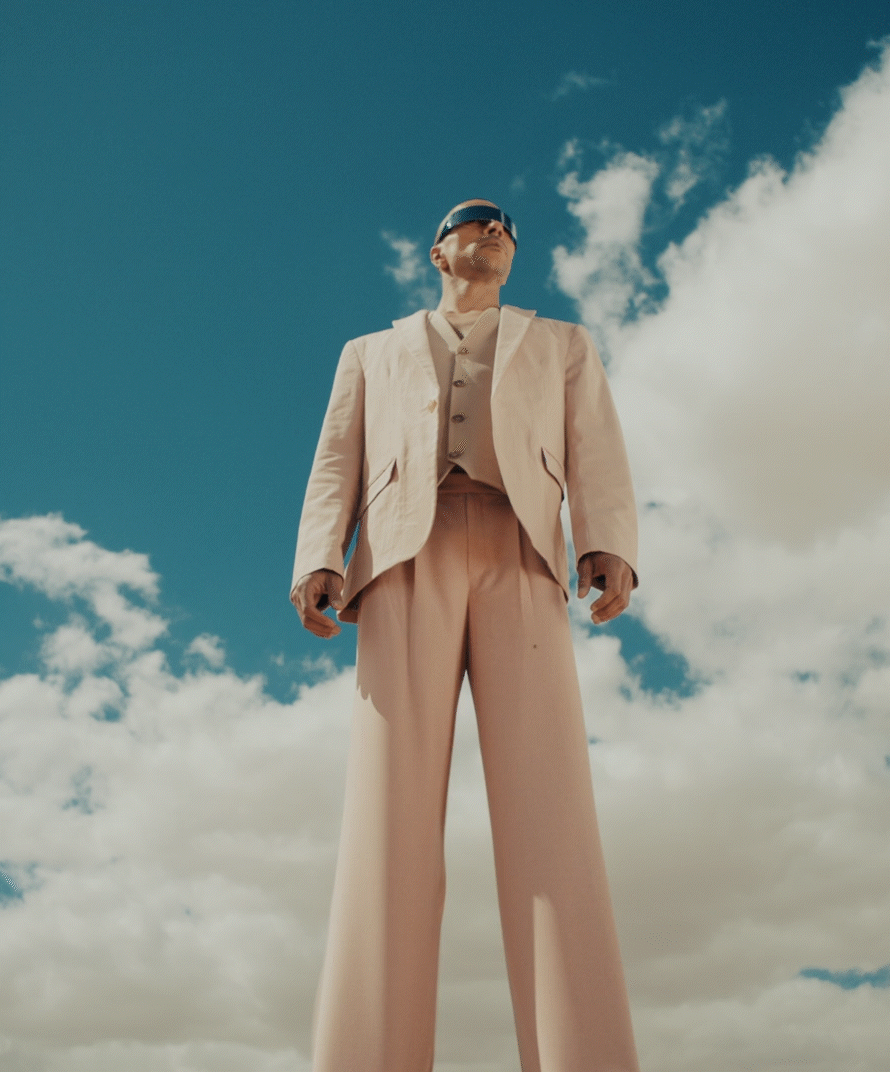With the increasingly demanding world of digital shipping and e-commerce, it can be hard to plan retail shopping in a digital world
with the brick and mortar retail space.
The original method of retail shopping needs to be more alluring that e-commerce and that is the challenge that brands are facing today. It is vital to keep up with retail trends to stay relevant, and no go the way of many retailers this past year. That way, being filing for bankruptcy or closing more than half of your locations. Staying on trend can help ensure your businesses brick and mortar locations longevity.
Focus on Sustainability
Worldwide, sustainability has become one of the most talked about topics. Retail is taking note on the impact of human existence on the earth’s environment. In 2018, outdoor and sporting retailers expanded their sustainability efforts by forcing sustainability standards on their vendors. Some of the initiatives include recycling merchandise in a brand-specific manner.
The retail industry gets a lot of pushback from environmental groups for the amount of waste that is produced. Reports of brands burning items that did not sell to keep them from being sold at a discounted price have increased sustainability efforts within the industry. In the current environmental and economic situation that the world is living in, those practices are unacceptable. Therefore, it is required to have some sustainability practice built into the business model. Sustainability practices within a brand attract increased numbers of socially conscious consumers.
Not only are sustainability practices beneficial for the environment and the industry, but they also increase the quarterly profits.
New Store Concepts
It is increasingly difficult to get your consumer into the brick and mortar location. Mobile online shopping has increased in recent years through social media channels, responsive web applications, and growing online selling platforms have made it all too easy for a consumer to not leave their house. Therefore, new store concepts are vital. Brands need to create immersive experiences that also serve as a vehicle to drive sales. Bring people for the background, and they will stay for the merchandise.
Some brands that have seen brick and mortar success in the past have done well to adapt to the technology-driven retail space. These brands have integrated e-commerce with in-store shopping by creating an incentive for in-store pick up rather than delivery. Knocking out shipping prices gets the consumer into the location. Immersive experiences with products can potentially keep them there.
Experiential offerings and in-store concepts are accessible to those that require experience to keep them from directly ordering online.
Retail as a Service
The current consumer is one that desires a personalized experience from their chosen retailer. Personalized recommendations and selections made for the consumer from shared data is the overall desire from today’s demographics that maintain buying power.
Many retailers have taken note and have started to align their business model with these needs in mind. The e-commerce space has, up to this point, been on top of the personalization aspect of retail. Subscription service companies ask that their consumer to submit a questionnaire answering questions that will allow for their delivered items to cater to their needs.
Department retail giants have taken note and have started to curate different brands, through demographic research, and insert them into stores within a store. These mini shopping experiences include designated staff members that assist in the selection of pieces. This experiential retail service has made retail shopping in a digital world more alluring since this service offers something e-commerce cannot.
Bringing the retail space back into a personalized shopping experience, the way that retail once was, is an enticing feature that is attracting consumers.
Prioritize Customer Loyalty
Many large retailers have been turning focus to their customer loyalty programs. Their programs offer incentives to those that shop in-store and give an increased incentive to keep coming back.
Before these improved loyalty programs, many retailer rewards were only given to that that holds a store-specific credit card. That exclusivity has changed since the market of people shopping are not as motivated by credit cards. Rewards in the form of store credits require consumers to return to the brick and mortar location to redeem their bonus.
Beauty industry retailers have set the bar impressively high for their consumers. High-end beauty retailers offer services to match makeup products to the specific skin tone, they offer gifts in email marketing materials, and they also provide high discounts during particular times of the year. Retail giants have started to follow suit and will see the results that these strategies bring.
Shopping Via Technology
Technology and retail experimentation has been a big trend within the retail industry. Retail Shopping in a digital world has pressured innovation. E-commerce giants have entered the retail space with advanced versions of convenience stores that offer cashless and cardless transactions. Other convenience store giants have begun to try to compete by adding different forms of payment to their business model. Incorporating different modes of payment like Apple Pay and one-tap card readers allows more and more consumers to easily procure the goods they need.
